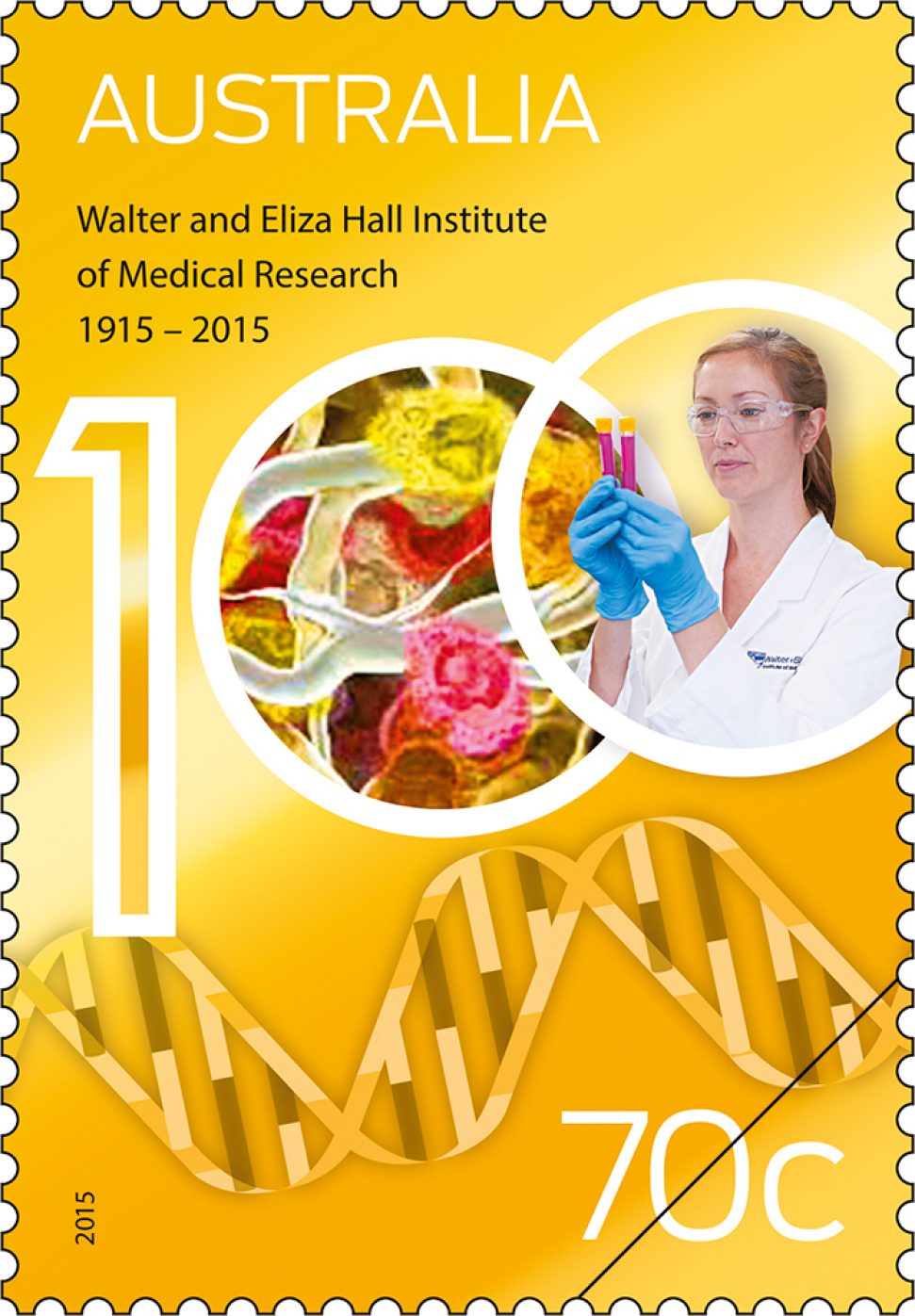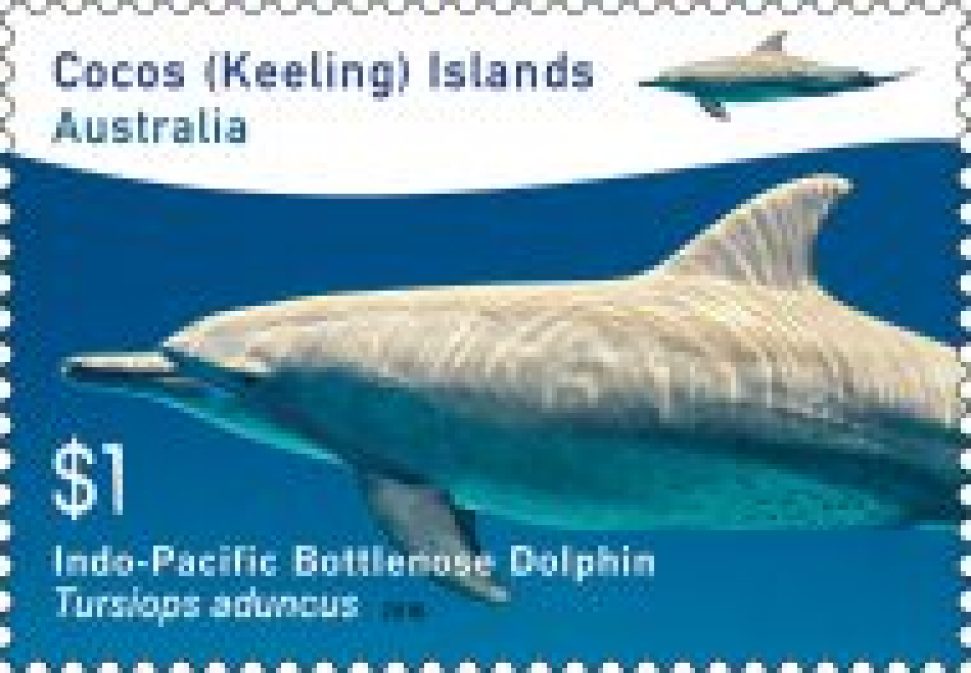In this post, we speak to Hilary Maddocks, from the Philatelic research team, about the process involved in putting together the annual stamp program.
How far ahead do you start planning each annual stamp program?
The stamp issue program is planned according to the financial year. The program is presented to the Australia Post Board around April every year, so we gather all the information together a couple of months beforehand. The 2017/18 program has recently gone to the board.
We plan so far ahead because we need to allow sufficient time for the full production process for each stamp. A lot happens in between the development of the program and the distribution of stamps into Post Offices.
Who contributes ideas and what other sources do you use?
The main source of ideas come from members of the public, who write to us suggesting stamp subjects. Other suggestions might come from organisations that are approaching an anniversary of some sort, government bodies or from the philatelic team more broadly, including members of the archives and collector services team, who possess a great deal of knowledge about what we have produced in the past and the feedback received from collectors. We also carry out market research to determine subjects of most interest to the public and to collectors.
The researchers also contribute ideas, based on their knowledge of history and contemporary culture as well as a solid understanding of what will work well as a stamp. Sometimes, it may be a matter of tweaking someone’s idea slightly to turn it into something that will work as a stamp. Or, we may receive two good ideas from members of the public that could work even better when combined into the one broader theme.
Is there an official policy that you need to consider?
Yes, the Australia Post Stamp Issue Policy. This is really the first port of call for deciding whether an idea can be considered further.
It outlines that “all subjects must be directly related to Australia, be of outstanding national or international interest and/or significance, and enjoy popular acclaim”. The subject must be something that will work at stamp size. If an anniversary is being commemorated, it must be a 50-year anniversary (or multiples of 50), and it is rare to commemorate meetings or conferences.
The policy also outlines what can’t be featured. Anniversaries of the death of any individual or the founding of a town, city or local government body are out, as are any topics that are only of interest to a small section of the community or a single state or territory.
Naturally, we don’t feature anything that is divisive or potentially divisive (religious or political groups and commercial enterprises).
The only recurring events that are featured on stamps are Australia Day, Queen’s Birthday, Christmas, the Olympic Games and the Commonwealth Games.
We also commemorate subjects of philatelic interest such as Colonial Heritage in 2010 and 2011.
As a general rule, we don’t feature living people on stamps. Having said that, there are some specific exceptions:
- The monarch and other members of the Royal Family
- Recipients of the Australia Post Australian Legends Award
- Australian winners of gold medals at Olympic Games
- Australian recipients of the Victoria Cross
- Unidentified Australians featured as representatives of a group/section of society, rather than as individuals in their own right. As an example of this is the 2015 Walter and Eliza Hall Medical Institute centenary stamp issue. In that issue, a researcher appeared on the stamp, not as ‘herself’ as such, but in order to illustrate the work done by the institute.
Download the Australia Post stamp issue policy (PDF 255kB).
What considerations come into play when deciding whether a particular idea will work as a stamp or not? Can you give some examples?
Even if the stamp idea complies with the stamp issue policy, it doesn’t automatically make it into the program. Other factors come in to play, when the stamp issue as a whole is considered. The Manager of Philatelic will also look at how to create a balanced and varied program overall and what may have already been featured quite recently.
On an individual stamp level, it must be an idea that can be expressed visually. This isn’t always as easy as it sounds. For example, one year we tried to represent Christmas parades in major cities. This didn’t work as it was impossible to convey the atmosphere in a single small stamp. We could show a detail of the parade, but lost the sense of a crowd and the location.
We also avoid subjects that may be controversial or objectionable to certain sectors of the community.
As many stamp issues involve more than one stamp, it must be an idea that can translate into a theme, which means it can’t be too narrow. For example, as there is only one Australian species of Koala, then the topic would need to be broadened to marsupials.
One interesting example of a topic that we are reluctant to feature is spiders, because some people are so terrified of them or may think there is a real spider in their letterbox! We did actually include a Red-backed Spider on a minisheet in the 2006 Dangerous Australians stamp issue, but it was on a semi-imperforate stamp so could not be used for postage (although the minisheet as a whole could be).
What are the different stamp issue categories that make up the overall stamp program, and how many issues are released annually?
The number of standard Australian stamp issues (and the number of stamps each issue contains) varies. For the 2015 program, for example, there were 27 Australian stamp issues.
A small number of issues each year will be definitive issues (which are stamps for long-term use rather than a six-month release). Each year we produce the Australian Legends Award stamp issue, the Queen’s Birthday stamp issue and the religious and secular Christmas issues. We also produce “special occasion’ stamps, which may relate to weddings, Valentine’s Day and the like (as long as they are positive and popular events), and we also make way for special events and for joint stamp issues with other countries, such as the 2015 joint issue with New Zealand, which celebrated the formation of the Australian and New Zealand Army Corps. The rest of the issues focus on commemorative and special themes. These are the stamp issues for which ideas from the public are considered.
We also issue approximately six issues per year for Australia’s external territories: Australian Antarctic Territory, Christmas Island and the Cocos (Keeling) Islands. We do apply the same criteria when selecting topics for these stamp issues, but sometimes the rules are applied less rigorously, because there may be fewer events or anniversaries to select from for these territories.
Once you have a list of ideas, what happens next?
The ‘long list’ goes to the Manager of Philatelic. He then makes the final selection (the ‘short list’), which he then converts into a Board Paper. The paper outlines some general information about how each issue may work. The Australia Post Board then consider the paper and, if they are happy with the list of topics, the board paper is approved. The finalised board paper then goes to the research team, to commence their work, and to the category team, to determine the product mix for each stamp issue.
Where can members of the public suggest their stamp topic ideas?
They can send their ideas to:
The Manager
Philatelic Group
Australia Post
GPO Box 1777
MELBOURNE VIC 3001
Or they can send an email to: DLaustralianstamps@auspost.com.au
The first post in this series was How Australia Post stamps come to be.
In the next post, we chat to Hilary Ericksen about how the research team develop the ‘story’ for each stamp.
This article was produced at the time of publication and will not be updated.




